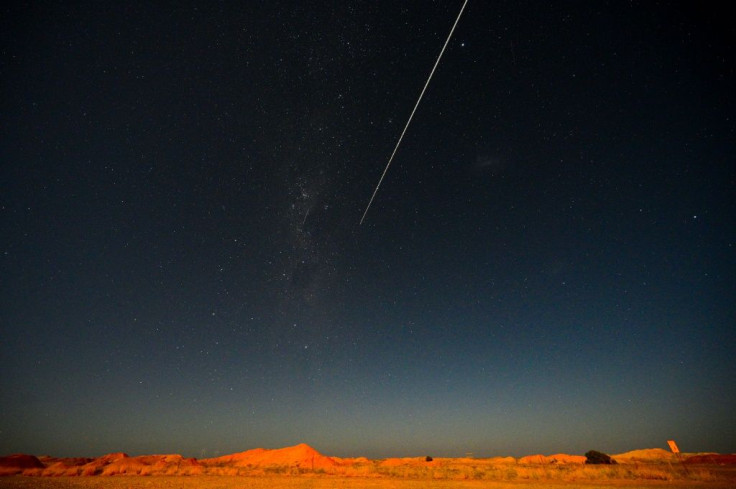Tiny Asteroid May Hit Earth In May 2022, NASA Data Reveals
KEY POINTS
- An asteroid identified as 2009 JF1 has a 1 in 4,166 chance of Earth impact
- It is not expected to make its next close approach to Earth until May 6, 2022
- The asteroid is not expected to hit the ground even if it does enter the Earth's atmosphere during its upcoming flyby
NASA is keeping a close eye on one tiny asteroid set to make its close approach to Earth next year.
An asteroid identified as 2009 JF1 has a non-zero impact probability of hitting as it is among the space rocks listed in NASA's Sentry, a monitoring system that "continually scans the most current asteroid catalog for possibilities of future impact with Earth over the next 100 years." This system is operated by the Jet Propulsion Laboratory's Center for Near-Earth Object Studies (CNEOS).
The asteroid has a 1 in 4,166 chance of Earth impact when it makes its flyby on May 6, 2022, according to the European Space Agency.
Asteroid 2009 JF1 has an estimated diameter of about 42 feet (13 meters). This is almost equal to the height of the Hollywood Sign in California, which stands 45 feet. The object is also longer than a U.K. double decker bus, which spans 31 feet.
Despite having a tiny chance of colliding with Earth, 2009 JF1 is not expected to cause any significant damage. According to NASA, a space rock smaller than about 82 feet (25 meters) would burn up as it enters the planet's atmosphere and would cause little or no damage.
Asteroid 2009 JF1 was discovered in 2009, and both the ESA and NASA have since kept it under close observation.
"This small asteroid has not been observed since its discovery 11 years ago, hence the uncertainty in its position is very high," Luca Conversi from the ESA's Near-Earth Object Coordination Center said of asteroid 2009 JF1.
"This is a very common situation, but as we demonstrated in the similar case of 2006 QV89, we can observe where a near-Earth asteroid *would* be if on a collision course with Earth - and if not found exclude any impact risk without even seeing it again," Conversi continued.
The JPL CNEOS computes high-precision orbits for near-Earth objects (NEOs). By working very closely with the space agency, these orbit solutions are used to predict NEO close approaches to Earth and produce comprehensive assessments of NEO impact probabilities over the next century.
In the event of a predicted impact from any space rock, the CNEOS would predict the impact time, location and geometry.

© Copyright IBTimes 2024. All rights reserved.





















